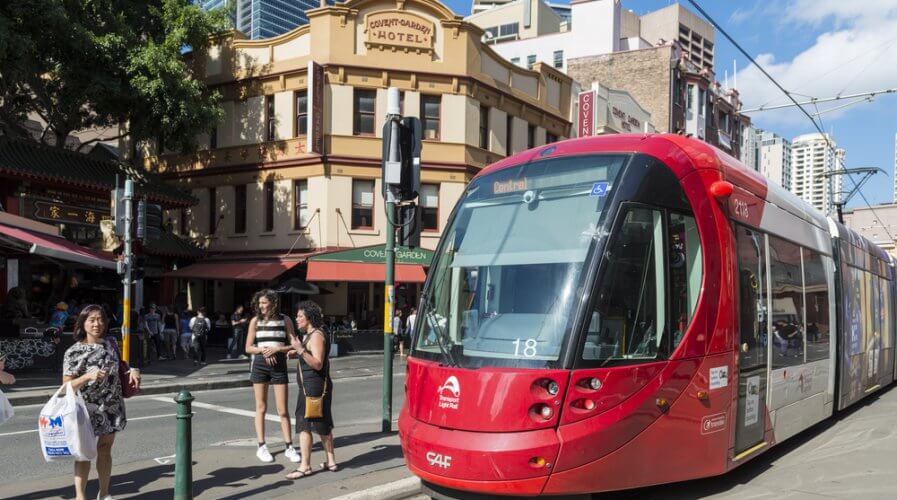
The APAC is excited about the potential that IoT offers. Source: Shutterstock
APAC keen to spend on IoT despite cybersecurity risks — IDC
ORGANIZATIONS that are willing to bet on the internet of things (IoT) win big. We’ve seen that time and again, with Rolls Royce, GE, and IBM working on new and exciting innovations on the back of this technology.
Unfortunately, those and other businesses pioneering the actual implementation of IoT have thus far been seen as the risk takers — especially because the significant cybersecurity risk that it creates in the corporate network.
According to a brief note by Bain & Company, if cybersecurity is better managed, enterprise customers will spend 70 percent more than what they might spend if their concerns remain unresolved.
And while that might be true, it seems as though companies are choosing not to wait and investing more in IoT and IoT-powered solutions despite the security challenges and vulnerabilities it creates.
The latest IDC forecast on IoT spending in the APAC suggests that the region will be the global leader for IoT spending in 2019 with around 36.9 percent of the worldwide spend —reaching US$381.8 billion by 2022.
China is the top spender in the region with US$159.1 billion accounted for the year 2018 followed by South Korea and India spending US$22.6 billion and US$19.6 billion in 2018 respectively.
“South Korea is the top APEJ country in terms of per capita IoT spending followed by Australia and New Zealand,” analyzed IDC Senior Research Manager Ashustosh Bisht.
Although IDC’s recent surveys in Australia and New Zealand cited security concerns as one of the biggest deterrents to scaling up IoT projects, this new spending guide seems in-line with the thoughts of the team involved in the previous study who concluded:
“Across the IoT ecosystem industry it is becoming plain that security is a complex topic with many layers across applications, network, data and devices,” said IDC’s ANZ Practice Research Manager Monical Collier.
IDC estimates suggest that “IoT services” was the largest technology category in 2018 with US$83.5 billion going toward traditional IT and installation services as well as non-traditional device and operational services.
Hardware spending, IDC pointed out, was close behind at US$78.4 billion led by more than US$65.7 billion in module/sensor purchases.
IoT software spending totaled US$43.3 billion in 2018 and will see the fastest growth over the five-year forecast period (2017-22) with a CAGR of 15.8 percent. Services spending will also grow faster than overall IoT spending with a CAGR of 13.3 percent.
“The per capita IoT spending among the APEJ countries is quite varied, it is primarily related to the demographics, broadband penetration, coverage and capacity of the nation’s infrastructure, including telecommunications, modernity of commercial buildings, firm demographics, highways, and electricity/gas/water distribution,” said Bisht.
Who is spending on IoT in APAC?
The top three industries spending most on IoT solutions in 2018 are discrete manufacturing (US$43.9 billion), process manufacturing (US$33.2 billion), and utilities (US$20.1 billion).
IoT spending among manufacturers will be largely focused on solutions that support manufacturing operations and production asset management.
In the utilities industry, more than half of IoT spending will go toward smart grid (electricity), followed by smart grid (gas).
According to IDC, the industries that will see the fastest compound annual growth rates (CAGR) over the five-year forecast period are telecommunications (16.6 percent), construction (15.9 percent), and healthcare (15.6 percent).
“Internet of Things across Asia/Pacific (excluding Japan) continues to grow steadily as government, municipalities, and enterprises move from proof of concept and tests to live deployments as part of a strategy to enhance productivity and efficiency,” explained IDC APAC AVP for IoT and Telecommunications Hugh Ujhazy.
READ MORE
- Ethical AI: The renewed importance of safeguarding data and customer privacy in Generative AI applications
- How Japan balances AI-driven opportunities with cybersecurity needs
- Deploying SASE: Benchmarking your approach
- Insurance everywhere all at once: the digital transformation of the APAC insurance industry
- Google parent Alphabet eyes HubSpot: A potential acquisition shaping the future of CRM






